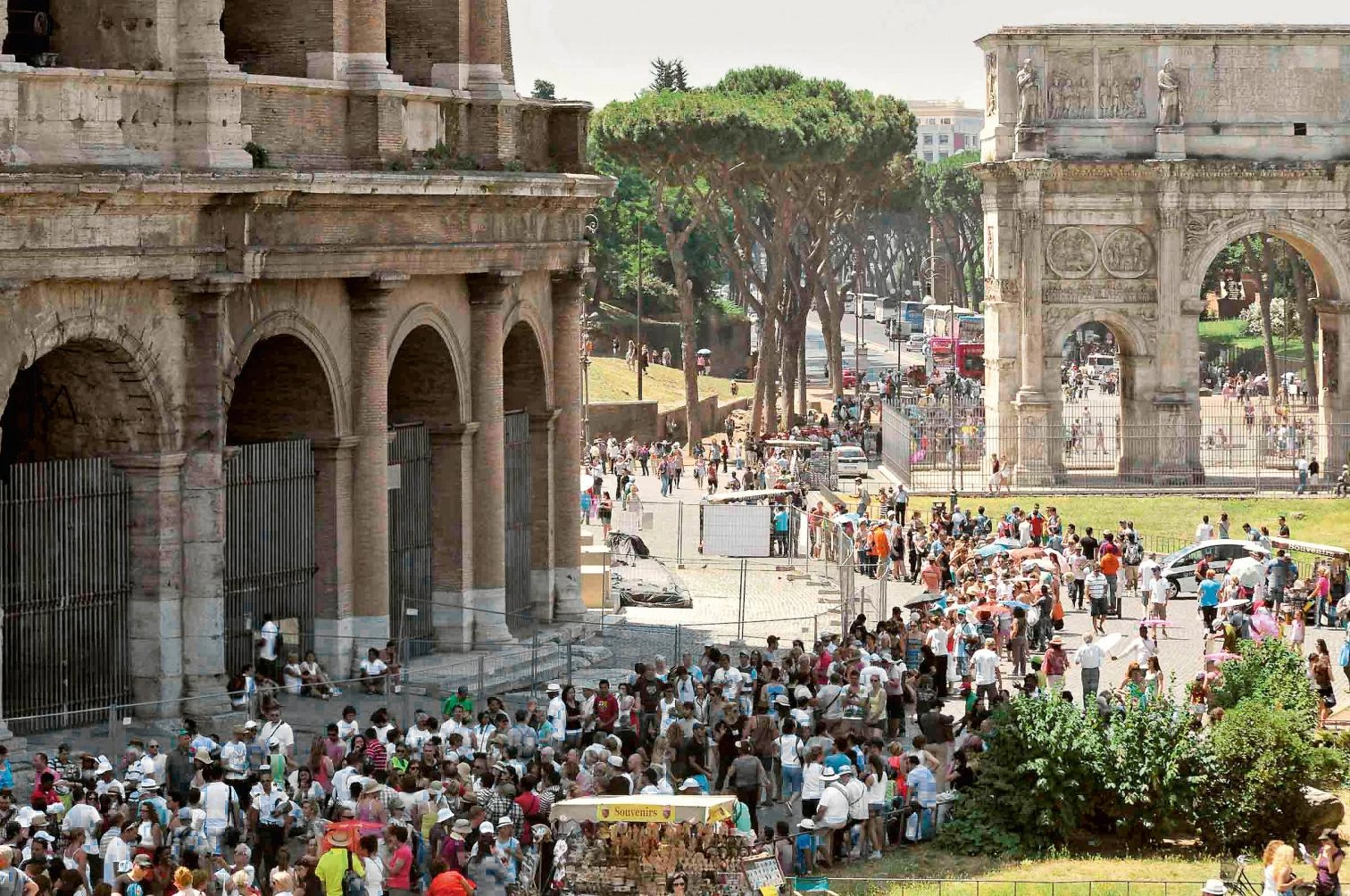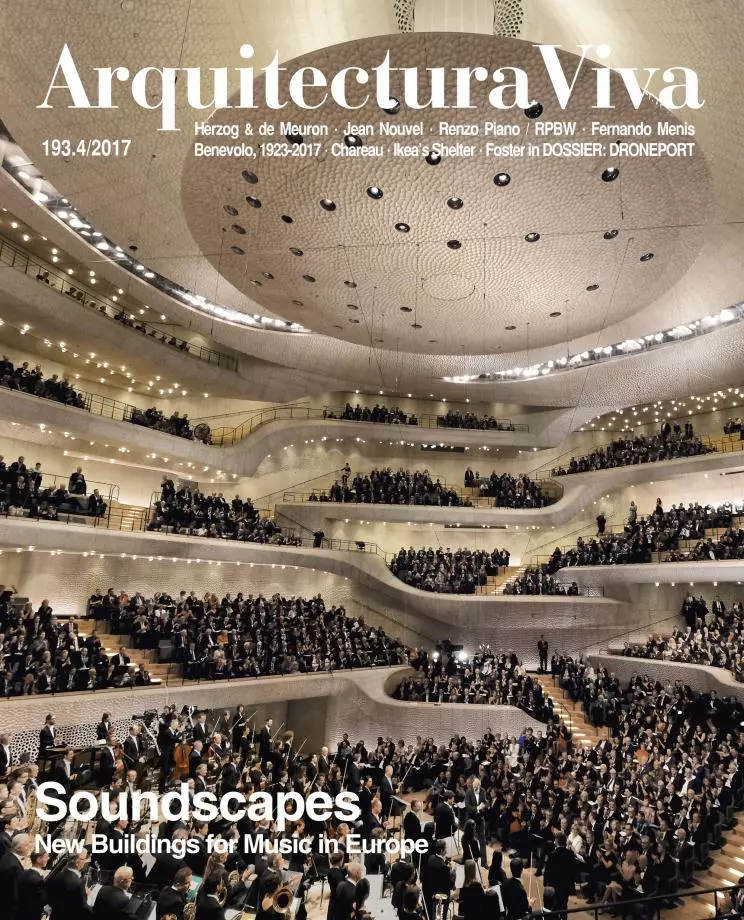
“Distinctions must be kept in mind between quantity and quality of growth, between its costs and returns, and between the short and long run. Goals for more growth should specify more growth of what and for what.” These words of the economist Simon Kuznets seem particularly relevant to two controversies that have recently been drowning the euphoria over the tourism statistics of cities: the imposition in Madrid of a tourist tax; and the plan, in Barcelona, to curb and regulate the supply of tourist accommodations.
On this, it’s good to remember some remarks made by the president of the Community of Madrid, Cristina Cifuentes: “It makes no sense to work to attract more visitors, only to slap a tax on those who are somehow contributing to making the economy grow and also creating jobs.” The thesis is not new. It was defended when the casino magnate Sheldon Adelson was going to give the Spanish capital a ‘LasVegas’ in exchange for guarantees for a tax haven and exemptions from local labor regulatios. In any case, the thesis conceals an age-old, consolidated fact about tourism in Spain that makes rigorous analysis of its (positive and negative) effects on all areas difficult. We sigh with the hope that this sector brings relief to the troubled economies of southern Europe, and even for our cities trapped in their peculiar Secular Stagnation.
Notwithstanding, there are certain factors that raise doubts about the euphoria. On the one hand, there is growing consensus among analysts that the tourist sector’s share in GDP is both overrated and wrongly calculated: “The main problem,” say authors like Larry Dwyer, Peter Forsyth, and Ray Spirr (‘Evaluating Tourism’s Economic Effects: New and Old Approaches’), “is that the suppositions underlying the construction of input-output models are so unreal that they exaggerate the effects of tourism on revenues and employment,” so applying other tools – such as CGE (Computable General Equilibrium for Tourist) and TSA (Tourism Satelite Account) models – yields substantially lower figures in the quantification of the contribution of this kind of tourism to growth (even reaching negative values), and draws attention to the problem of different activities competing for resources, an effect studied by Juan Gabriel Brida (‘Impactos del turismo sobre el crecimiento económico y el desarrollo’) and Stanislas Ivanov and Creig Webster (‘Measuring the impacts of tourism on economic growth’).
The competition is something that was already analyzed in the case of sun-and-beach tourism, in connection to natural (and cultural) resources, but which was neglected in the cities until the phenomenon of tourist overconsumption highlighted it: competition over public space, competition over housing, or competition over economic activity space.
On the other hand, analyses of the macroeconomic benefits of tourism tend to ignore the distribution of those benefits among the parties involved, the capital of the tourist industry, the resident population, and workers. For all these reasons it seems an aberration to keep sustaining, as is, an economic sector that is yielding the worst socioeconomic performance ratios: low salaries, large numbers of temporary jobs, low productivity, low induced impact, few investments, etc. If it were another sector, we would be asking for its reconversion.
In the city, competition for certain resources (for capital, for the work force) becomes difficult to perceive because it falls outside the interests of the industry (and it does not seem to be of interest to public agents either). But the competition for space is evident: competition for vital resources like housing and for public/common facilities like streets and squares. It is aggravated competition because, as what happens in the case of sun-and-beach tourism, the space being competed for is a ‘scarce good,’ limited, almost exclusive, to city centers. Tourist specialization forces the commercializtion of public/common spaces, and also leads to the expulsion of activities that do not produce business profits.
In the same way, the negative external consequences of tourism become more and more evident. For some time now sun-and-beach tourism has been the object of severe criticism because of its contribution to the destruction of habitats, landscapes, and resources, and because of the sheer unsustainability of the processes of unlimited growth. Cities were apparently safe from these negative effects. Tourism in cities seemed an activity that only yielded profits. But this dynamic which Boris Groys describes as the “era of tourist reproduction,” whose principal feature is homogenization (“when a tourist arrives in a new city he ends up seeing the same things he encountered in all the other cities”), has ever more destructive effects on cities, such as specialization or saturation of different spaces, besides its many evident external impacts.
The explosion of tourism in Barcelona (or in cities like Venice or Florence) has in a very patent way revealed the negative effects of this activity: from exodus of the resident population to urban crowding through occupation and mercantilization of public property, noise pollution, or the transfer of revenues to real estate incomes.
The warnings cited have called into question the euphoria about the profits generated by tourism in cities, and we should welcome the measures that have been taken by the ‘new urban governments’ to curb growth, claim back common spaces, or impose specific taxes. Like all truly novel policies, they should be tested and updated in accordance with their impacts.
For beyond the necessary sectorial policies of corporate efficiency and social justice, the question is: would it not be better, in times of scarce resources, for the public effort used in promoting tourism (with the industry making intensive use of all media for this) to be rechaneled towards plans to diminish and rectify its negative effects?

Francisco López Groh, urbanist, wrote La producción del suelo and La regeneración de las áreas industriales.





